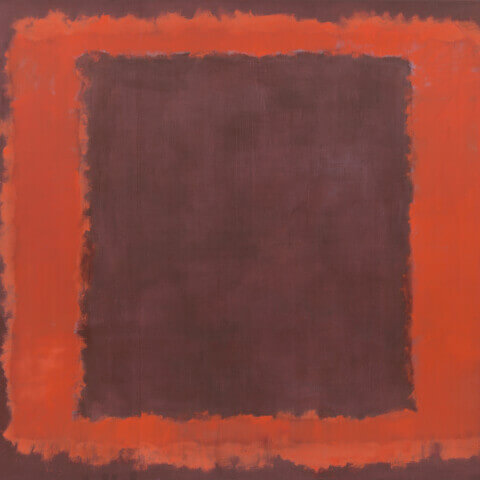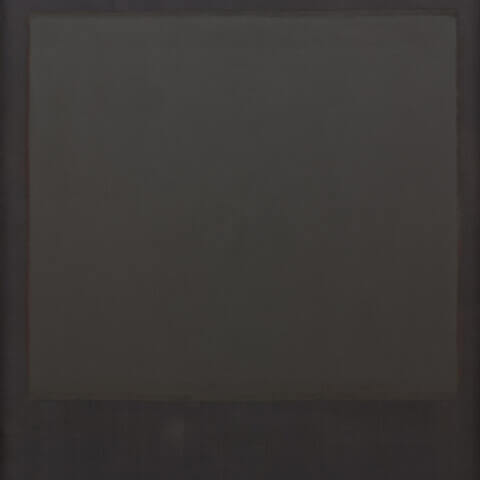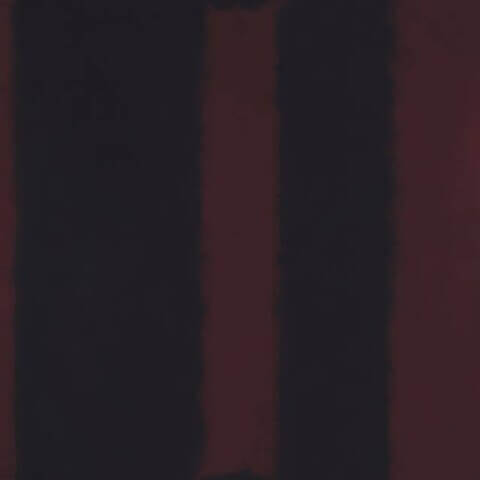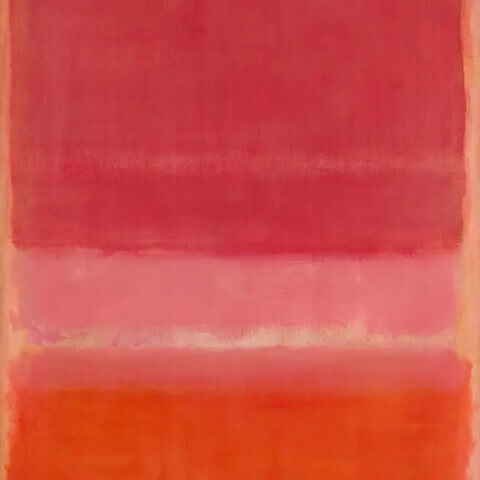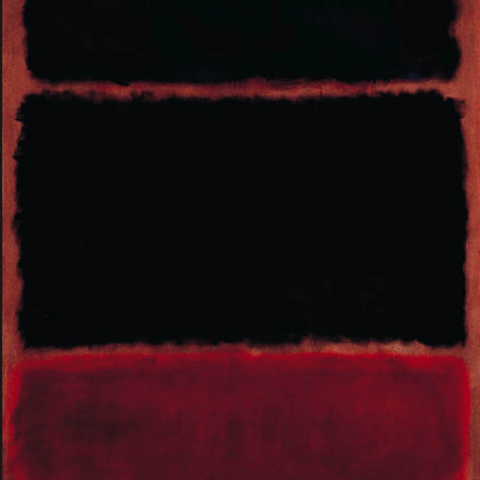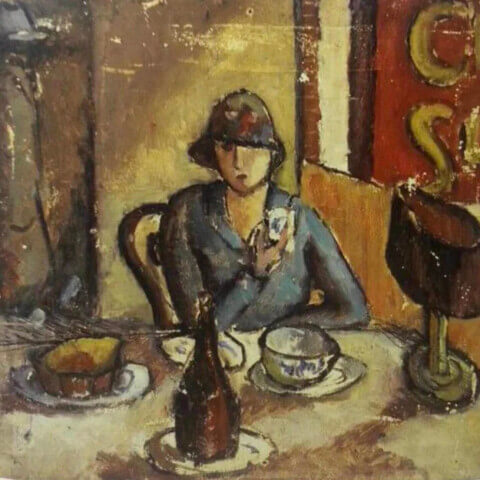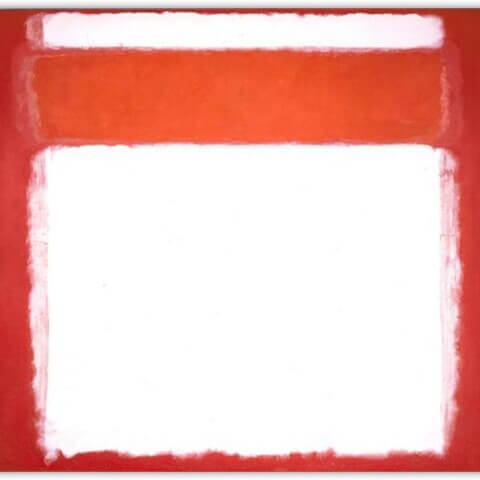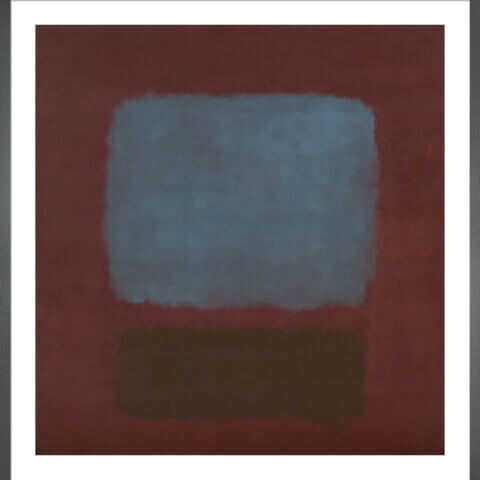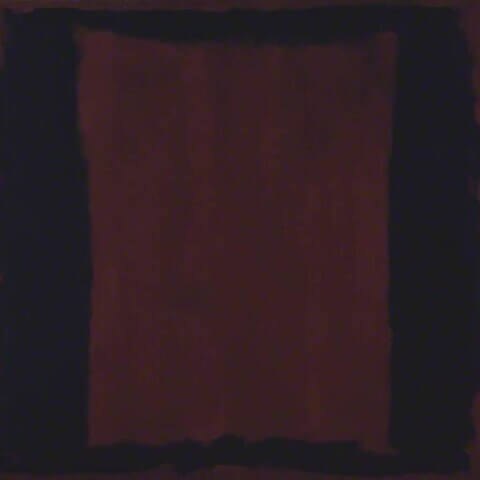Mark Rothko
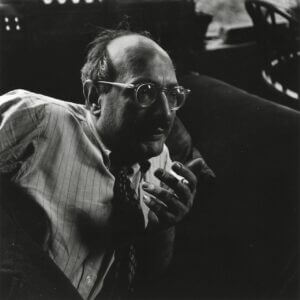
Mark Rothko, born Marcus Rothkowitz on September 25, 1903, was an American painter renowned for his significant contributions to the abstract expressionist movement. Originally hailing from Dvinsk, Vitebsk Governorate, in the Russian Empire (now Daugavpils, Latvia), Rothko and his family immigrated to the United States in 1913 to escape the rising anti-Semitic sentiment. They settled in Portland, Oregon, where Rothko spent his early years.
Rothko’s interest in art began in his late teens, and he moved to New York in 1923 to study under artists Max Weber and others at the Art Students League of New York. Although he found some early success with his figurative and symbolist works, Rothko’s style underwent a major transformation in the late 1940s. He began to explore abstract expressionism, inspired by mythology and primitive art.
Rothko, along with other artists such as Jackson Pollock and Willem de Kooning, became a leading figure in the New York School, a group of artists that contributed to the evolution of abstract expressionism. Rothko’s style transitioned from multiforms to what he is most known for today—large, rectangular fields of color and light, often consisting of just two or three stratified bands of color that create an intense emotional response from viewers.
Rothko’s work is characterized by his pioneering use of color to convey emotion and the transcendent or the sublime. His artwork has been described as a “drama of color,” meant to engulf the viewer in a variety of emotions. Rothko himself suggested that his large-scale works should be viewed from a close vantage point, allowing the color fields to fully envelop one’s field of vision.
Rothko’s later years were marked by increasing health issues and struggles with depression. His work during this period became darker in tone, perhaps reflective of his mood. In 1970, Rothko tragically took his own life. His legacy, however, continues to be celebrated and studied. His paintings hang in many major museums worldwide, and his contribution to the abstract expressionist movement remains influential in the art world.
Some of Rothko’s most significant works include “No. 61 (Rust and Blue)” (1953), “Orange, Red, Yellow” (1961), and the Rothko Chapel in Houston, Texas, which houses fourteen of his black but color-hued paintings, intended to inspire contemplation and a profound spiritual experience. Throughout his life, Rothko sought to eliminate all obstacles between the viewer and the painting, to allow a pure experience of color, form, and emotion. This philosophy is a testament to his unique approach to painting and a lasting symbol of his impact on the art world.

